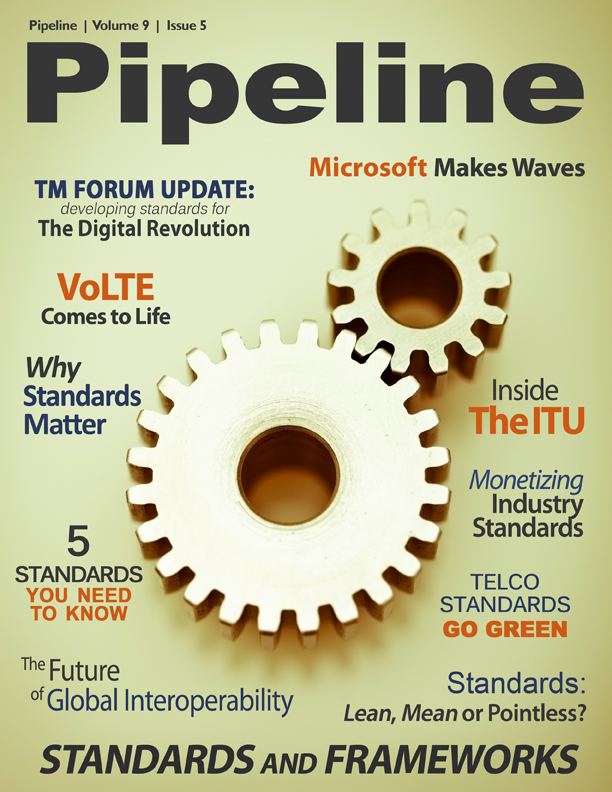Monetizing Communication IT Standards
By: Jesse Cryderman

Consumers have shown a willingness to pay more for goods and services that adhere to standards of quality, interoperability, safety, and social responsibility in industries outside of telecommunications, such as consumer electronics, automotive, food service, and home appliances. These customers rely on certain industry standards to make their choices, as they may not understand or have the time to understand all the attendant operations for the good or service they are purchasing. In fact the chances that you will buy a product today based on a standard that has been effectively monetized are very high. Whether it’s picking a certified organic product, a new USB 3.0 flash drive, recycled notebook paper, or a type of gas, standards that are reflected as logos make purchasing decisions easier for consumers.
The computer hardware industry, which brushes up against communications IT, has very effectively monetized its standards for the Build Your Own Computer (BYOC) segment, for example, turning hardware capabilities and standardized specifications into the flashy logo badges that plaster motherboard boxes. Other standards that are leveraged as part of the value proposition are membership in the Better Business Bureau (BBB Accredited Business), a BIOS-less next-gen firmware interface (UEFI) and guaranteed Windows Hardware Quality Labs (WHQL) certification.
The telecommunications industry, on the other hand, has been quite ineffective at monetizing standards in a similar manner. In a race that no one wants to win 4G is probably the best example of a “standard” that is blurrier than HD, sewing confusion among Luddites and the moderately tech savvy alike. For example, if I am a small business owner who invested in 4G through Sprint, how could I possibly know that my mobile M2M hardware would soon be obsolete? Didn’t I buy the latest greatest? Can’t I just buy a 4G device from a third party? Won’t my hardware work on another carrier?
Perhaps as an outgrowth of a traditionally engineering-based mindset, standards and frameworks in telecommunications have far too often been imagined as either punitive enforcers or technical insignia, and developed wholly separate from the market and greater business strategy within which they operate. Today a new perspective is being embraced by the industry, focused more on the customer experience and the monetization of valuable services, not capabilities. Alongside this evolution standards themselves can play a new role, and it’s already happening to a degree. However, both the industry and its consumers stand to gain if standards can consistently be codified and reflected to purchasers, standards that touch everything from service tiers to quality, compatibility, sustainability, and more.
Bad Examples
As previously mentioned, 4G hasn’t exactly been leveraged in the best way as a standard (despite the ITU-T definition), and as a result the market has suffered. Since 4G has been used to describe WiMAX, HSPA+, TD-LTE, and FDD-LTE, it’s no wonder an air of confusion floats around the standard. It’s different from, say, USB 3.0 or SATA III, which are demonstrably faster transfer protocols than previous iterations and guarantee interoperability.





















